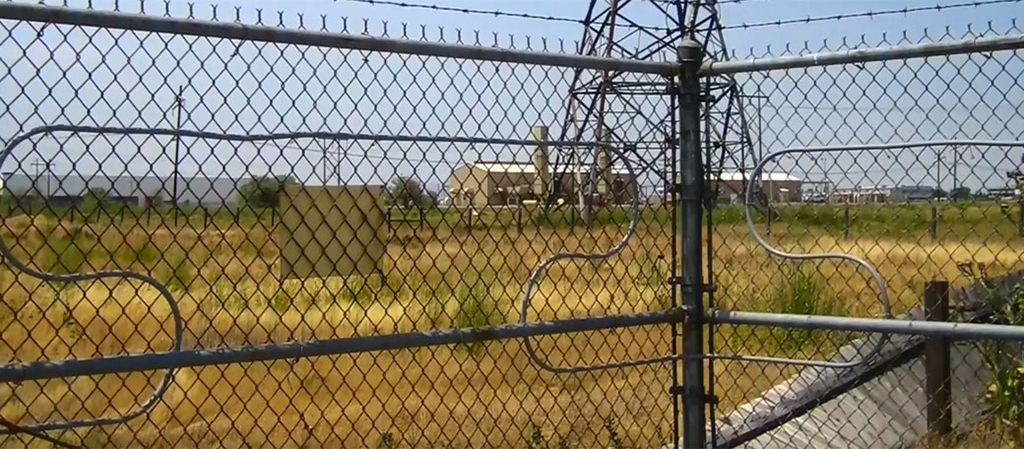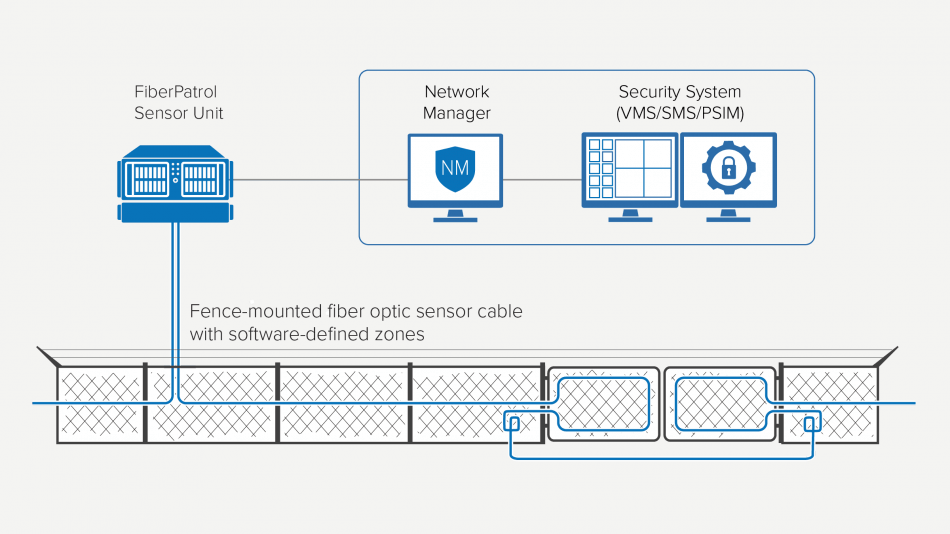Top Reasons to Choose a Fiber Optic Security System for Commercial Security Applications
Top Reasons to Choose a Fiber Optic Security System for Commercial Security Applications
Blog Article
Boost Your Safety And Security With Advanced Fiber Optic Safety Equipments
In an era where security is critical, advanced fiber optic safety and security systems present a compelling service for enhancing safety across various environments. What implications do these advancements hold for future security steps?
Benefits of Fiber Optic Safety And Security
Utilizing the advantages of fiber optic technology considerably improves safety and security systems across different applications. Among the main benefits is the boosted data transfer ability, allowing for the transmission of large amounts of information at broadband. This is especially crucial for real-time video surveillance, where high-resolution feeds can be sent without latency, guaranteeing immediate response capacities.
In addition, fiber optics display remarkable resistance to electromagnetic disturbance, which is crucial in settings with prospective signal interruptions. This dependability makes certain regular efficiency in essential protection operations. Furthermore, fiber optic cables are much less susceptible to tapping and unapproved gain access to contrasted to conventional copper wiring, thereby boosting information stability and confidentiality.
Another remarkable advantage is the longevity of fiber optic systems; they are a lot more immune to environmental aspects such as dampness, temperature changes, and harsh substances. This durability equates to decrease upkeep prices and longer lifespans for safety installations.
Lastly, the light-weight nature of fiber optic wires helps with much easier installment and transmitting, particularly in complex facilities (fiber optic security system). Eventually, the assimilation of fiber optic modern technology into safety and security systems not only boosts defense actions yet also optimizes operational efficiency
Secret Functions to Think About
When examining fiber optic safety systems, numerous vital functions need to be taken into consideration to make certain optimum efficiency and performance. Examine the system's detection range and level of sensitivity; a considerable array enables for keeping track of large locations, while high level of sensitivity guarantees that even small disturbances are spotted promptly.
Following, think about the integration capabilities of the system. A fiber optic protection system must perfectly user interface with existing safety steps such as cameras and alarm systems, producing a natural safety network.
Sturdiness and environmental resistance are additionally crucial features. Make sure that the system is designed to hold up against severe weather and potential physical dangers, as this will extend its operational life expectancy.

Finally, check into the scalability of the system. A robust fiber optic safety system ought to be conveniently expandable to accommodate future requirements without significant overhauls. By meticulously thinking about these features, you can pick a fiber optic safety and security remedy that boosts safety and safety in your environment.
Setup Refine Introduction
To successfully carry out a fiber optic security system, a methodical installment process is crucial. This process starts with a comprehensive site analysis to identify the certain security requirements and to recognize optimal places for fiber optic wires and safety and security gadgets. Following this analysis, the installation team will certainly create a detailed plan, consisting of wire pathways, required devices, and conformity with neighborhood policies.
Next, the setup entails laying the fiber optic cables, ensuring they are safeguarded from ecological variables and physical damages. Proper handling techniques are vital, as fiber optic cords are delicate and can be conveniently harmed. After the cabling is mounted, connectors and terminations are meticulously completed to guarantee signal stability.
The subsequent phase includes mounting safety devices such as cameras, activity detectors, and alarm system systems, all integrated with the fiber optic network. Rigorous screening is carried out to verify that all parts are working correctly and to make certain ideal performance.

Contrasting Fiber Optic to Typical Solutions
The development of safety and security technology has actually brought about considerable improvements in the comparison in between fiber optic systems and typical copper-based systems. Fiber optic systems use light to transfer data, supplying remarkable data transfer and speed contrasted to their copper counterparts. This results in boosted data transmission capabilities, making optical fiber optimal for high-resolution video security and real-time monitoring.
In addition, fiber optic cables are resistant to electro-magnetic disturbance, decreasing the likelihood of signal destruction brought on by external aspects. This characteristic makes certain constant performance, even in challenging atmospheres. In contrast, typical copper systems are much more at risk to interference, bring about prospective susceptabilities in safety and security applications.
Durability is one more benefit of fiber optic systems. They are less vulnerable to damage from environmental aspects such as moisture and temperature variations, which can compromise copper electrical wiring. Fiber optics are lighter and thinner, enabling for easier installation and minimized physical impact.
However, conventional systems often tend to have reduced initial expenses, making them eye-catching for budget-conscious tasks. While fiber optic systems may need a higher ahead of time financial investment, their long-term benefits-- such as lower maintenance expenses and better reliability-- frequently exceed the first expenditure, positioning them as an exceptional option for contemporary protection demands.
Future Trends in Safety And Security Innovation
Emerging patterns in safety modern technology are positioned to change the landscape of security and hazard detection - fiber optic security system. As organizations increasingly face sophisticated risks, developments such as expert system (AI) and maker discovering (ML) are ending up being indispensable to protection you could try these out systems. These technologies boost the capacity of fiber optic systems by making it possible for real-time have a peek at this website information evaluation, determining abnormalities, and automating actions to prospective breaches
Furthermore, the combination of the Internet of Things (IoT) is transforming safety and security frameworks. IoT tools can give thorough situational understanding and assist in smooth communication between different protection parts. This interconnectedness permits much more efficient monitoring and faster incident feedback times.
Biometric verification is likewise acquiring energy, supplying a higher level of security with distinct physical characteristics. As this modern technology progresses, it is likely to be integrated into fiber optic systems for boosted gain access to control.
Conclusion
In conclusion, advanced fiber optic safety systems stand for a substantial advancement in security and monitoring modern technology. The change from traditional systems to fiber optic redirected here services shows an expanding fad in the direction of extra efficient and effective safety and security steps in a progressively complicated technical landscape.
Report this page